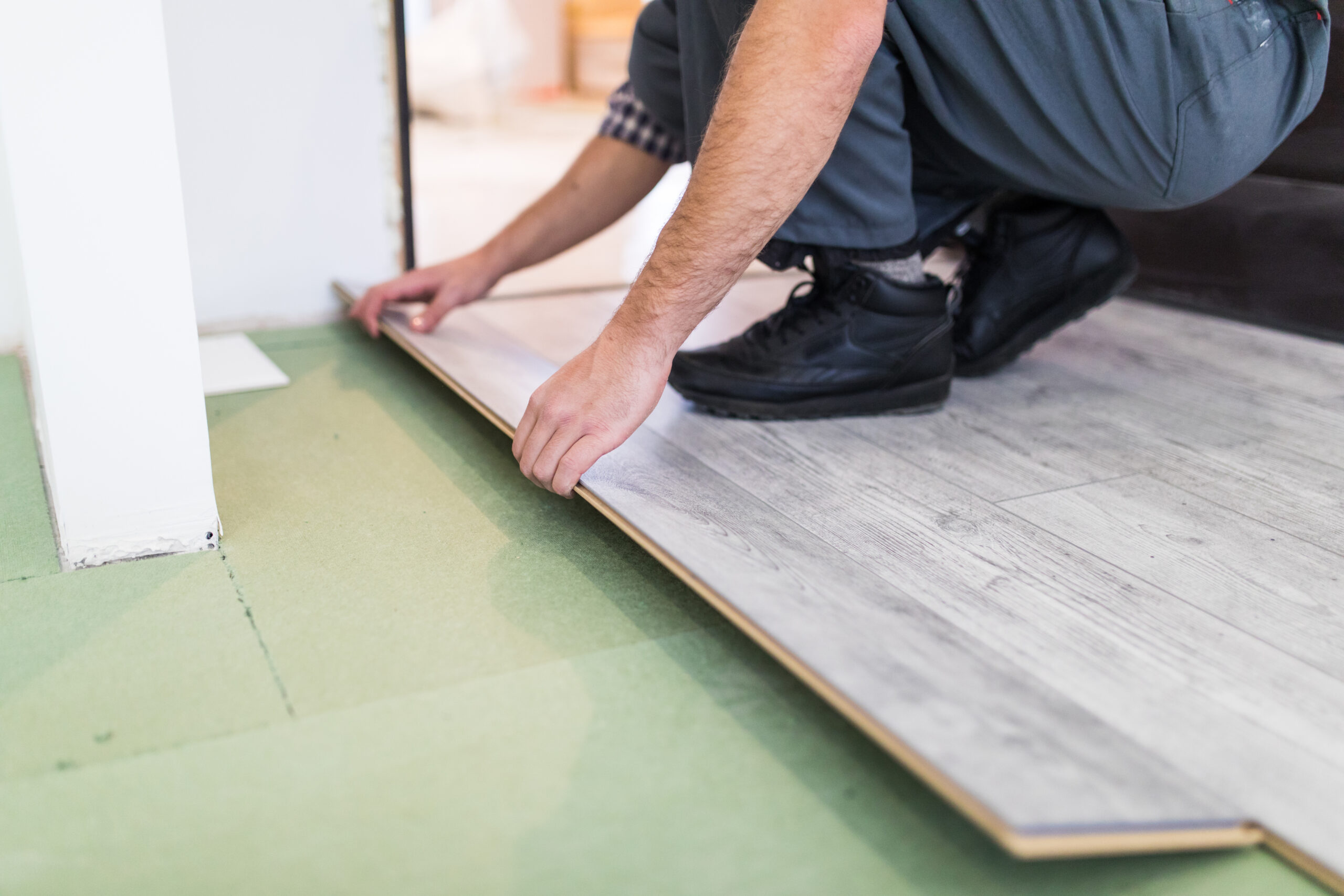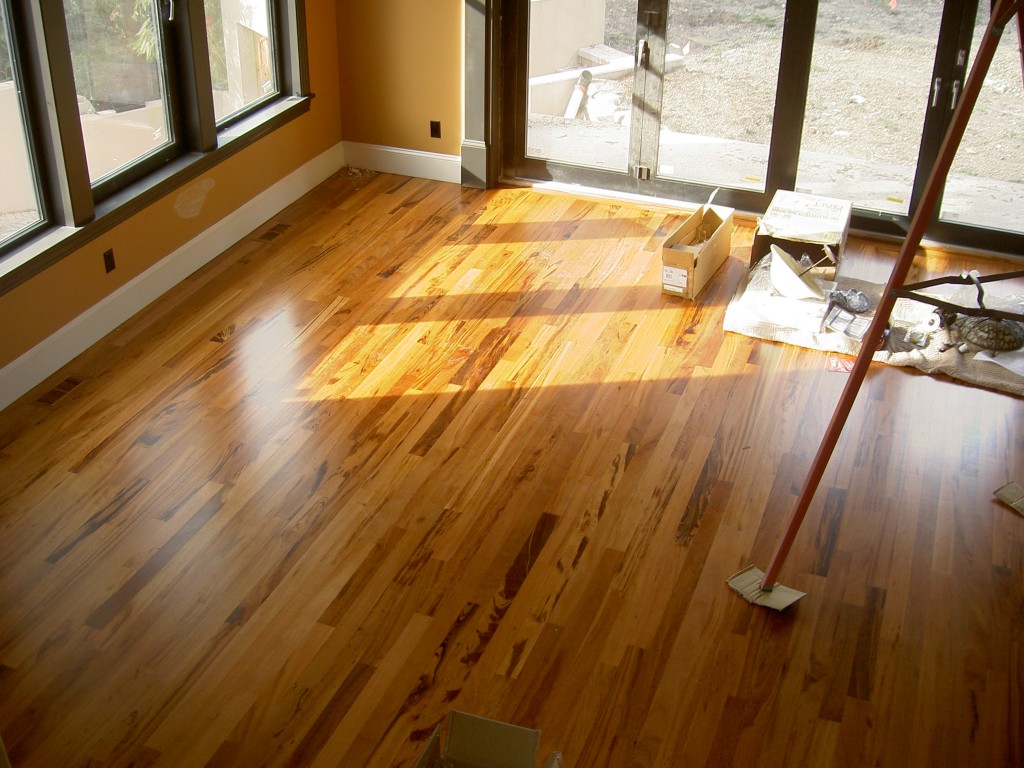
September 20, 2022
Is Your Carpet Toxic?
On May 15, Natural Living featured a pretty impressive article on the downsides of the rather popular wall-to-wall carpet floor covering. I was so impressed with their writing that I am quoting most of the article here. Credit for the information, of course, goes to Natural Living.
“Many people love their indoor carpeting and look forward to having brand new wall-to-wall carpeting installed. Did you realize, however, that no matter how clean you keep your rug—even if you steam clean it weekly—it is still highly toxic to you, your family, and your pets? Over 60% of homes in the USA have carpeting. Carpets cover the floors of our businesses and schools. Children play for hours on them, infants crawl on them and breathe deeply of their fumes, proud homeowners inhale that ‘new-carpet smell’, and all the while we are being poisoned by the chemicals, allergens, and toxic dust that lurk in our carpets. Whether your carpets are new or old, they probably have more bad things in them than you want to imagine.
The list is staggering. For new carpets, there are ‘volatile organic compounds,” or VOCs. These include toluene, benzene, formaldehyde, ethyl benzene, styrene, acetone, and a host of other chemicals, some of which have already made the EPA’s list of “extremely hazardous substances.” Known carcinogens such as p-dichlorobenzene are in new carpets, as are chemicals that produce fetal abnormalities in test animals. These chemicals also cause hallucinations, nerve damage, and respiratory illness in humans. Other compounds in new carpeting that affect your health are adhesives, stain protectors, mothproofing, and flame retardants. That ‘new carpet smell’ comes from 4-PC and is associated with eye, nose, and upper respiratory problems that are suffered by many new carpet owners. 4-PC is used in the latex backing of 95% of US carpets.
In 2000, the 3M Company removed the chemical perflouro-octanyl sulphonate from their product, Scotchgard, because it had been found to cause reproductive problems in rats. It had also been found in high levels in the wildlife of urban areas. Mothproofing chemicals contain naphthalene, which is known to produce toxic reactions, especially in newborns. Fire retardants often contain PBDEs (see our report Toxic Flame Retardants and Children’s Health), which are known to cause damage to the thyroid, immune system, and brain development functions in humans. Older carpets can be more of a hazard than new ones: not only do they contain the chemicals banned from more recent production, but they also have had years to accumulate pounds of dust mites, dirt, pesticides, and other toxins brought in on shoes, feet, and pets’ paws.
Did you know that your carpet can hold 8eighttimes its weight in toxin-filled dirt, and you can’t even see the trapped dirt that your carpet is hiding? The EPA has stated that 80% of human exposure to pesticides happens indoors. Every time you spray for bugs or use a fogger, the chemicals settle in the rug and stay there for years. If you paint your room, the curing paint leaves its VOCs in the carpet for you to inhale long after the walls no longer smell of paint. Just put in a new wood or laminate floor? You’ll be living with those toxins, sealers, solvents, and glues even after you clean with all the right products.
Household dust contains lead and other heavy metals because lead is in our soil and will be for a long time to come. Older carpets are so toxic that your chances of being exposed to hazardous chemicals are 10–50 times higher in a carpeted room than outdoors. If the carpet is plush or shag, your risk increases substantially. “What can one do?” you ask. Well, according to Natural Living, “you should reduce your exposure to carpet toxins. First, if you can, get rid of the carpeting.” Enough said.






